
Elizabeth “Betsy” Corcoran, Co-founder and CEO | EdSurge Research
If Cain Sandoval had not received a full-tuition scholarship through the Kalamazoo Promise, he might have questioned whether college was worth the financial cost. As a senior at Western Michigan University studying digital media and journalism, Sandoval has attended schools in the Kalamazoo Public School District his entire life. He said that knowing his tuition would be covered shaped his plans from an early age.
"[The Kalamazoo Promise] solidified the fact that I was gonna go to college," Sandoval said. "There wasn’t really a doubt in my mind."
Launched in 2005, the Kalamazoo Promise provides free college tuition to students who have been enrolled in Kalamazoo public schools from kindergarten through 12th grade. Students with less time in the district are eligible for partial scholarships if they complete high school locally.
Kalamazoo, a city of about 73,000 residents located two hours west of Detroit, faces significant economic challenges; nearly four out of ten families do not earn enough to meet basic expenses. The Kalamazoo Promise is considered both a local fixture and a model for similar programs across the United States designed to make higher education more affordable.
While some promise programs modeled after Kalamazoo's have encountered difficulties, local staff and scholars attribute their ongoing success to committed donors and program features such as allowing recipients up to ten years after graduation to use their scholarships.
Von Washington Jr., chief executive officer of the Kalamazoo Promise program, emphasized how this flexibility helps students decide when to start college based on personal circumstances. "For many, in the absence of a promise program, in the absence of a scholarship, they think [college is] just totally not attainable," Washington said. "Promise programs continue to put a beacon out there and say, ‘this is attainable and these barriers can be removed.’"
Advocates for free-college initiatives argue that as tuition costs rise nationally—exacerbated by federal budget cuts and reduced support for student loan forgiveness—programs like Kalamazoo’s remain one of few viable ways for many students to afford college.
Since its inception nearly twenty years ago, demand for the Kalamazoo Promise has grown: In its first year, 341 students used the scholarship within twelve months of graduating high school; last year that number reached 431.
Michelle Miller-Adams, senior researcher at the Upjohn Institute which studies promise programs nationwide, described Kalamazoo’s approach as “a free-college program on steroids.” The anonymous donor base funds scholarships indefinitely as enrollment grows. This support allows it to maintain what’s known as a first-dollar plan—students receive scholarship funds regardless of other aid they may obtain. Many other programs use last-dollar models where outside grants must be exhausted before additional aid is given.
Peter Granville, policy fellow at the Century Foundation focusing on college affordability issues, explained that first-dollar systems help students cover living expenses with other financial aid while tuition is paid by promise funds—improving chances they will complete their degrees.
Miller-Adams added that beyond covering costs, effective promise programs should also help students understand higher education’s value and guide them toward employment after graduation. “Unless you are helping [students understand what college is worth] and figure out what they want to study and how it relates to their interest…a promise program that only pays tuition isn’t doing as much for its students as it could,” she said.
The Kalamazoo Promise offers resources during college applications and continues supporting recipients throughout their studies. Staff at local high schools help explain scholarship details and encourage applications. Scholarships apply at sixty colleges statewide—including public universities, private institutions, trade schools, and apprenticeships—with dedicated representatives available at Western Michigan University and Kalamazoo Valley Community College.
As a first-generation student navigating university life with support from both scholarships and peer organizations on campus, Sandoval credits internships arranged through Higher Promise—a partnership connecting scholars with area businesses—for helping him gain work experience.
Nationwide there are hundreds of free-college initiatives varying widely in requirements—from residency or academic standards to community service or targeting specific workforce needs. According to Granville from the Century Foundation, state-level programs can be vulnerable when budgets tighten; Maine ended its free community college effort after three years due to fiscal constraints.
Local programs often rely on private funding but still face challenges amid rising educational costs. Both state-run and privately funded efforts contend with declining enrollments: At launch 86 percent of eligible graduates used their scholarships immediately; now only 63 percent do so—a drop attributed largely to economic fluctuations affecting lower-income families’ ability or decision to pursue further schooling directly after high school.
Despite these trends nationally toward lower overall enrollment rates in higher education following periods like the COVID-19 pandemic downturns—and debates over postsecondary value—promise initiatives continue drawing bipartisan support because they expand workforce readiness without requiring employers themselves to finance employee training.
“These programs are basically going to generate workers pretty quickly with degrees or credentials that the businesses themselves do not have to pay to train,” Miller-Adams said. “That's why you see these programs not just in blue states but red states as well.”
Looking ahead Von Washington Jr., hopes more people take advantage of available opportunities: “The biggest hope is that literally everybody who has the opportunity takes advantage of it,” he said.
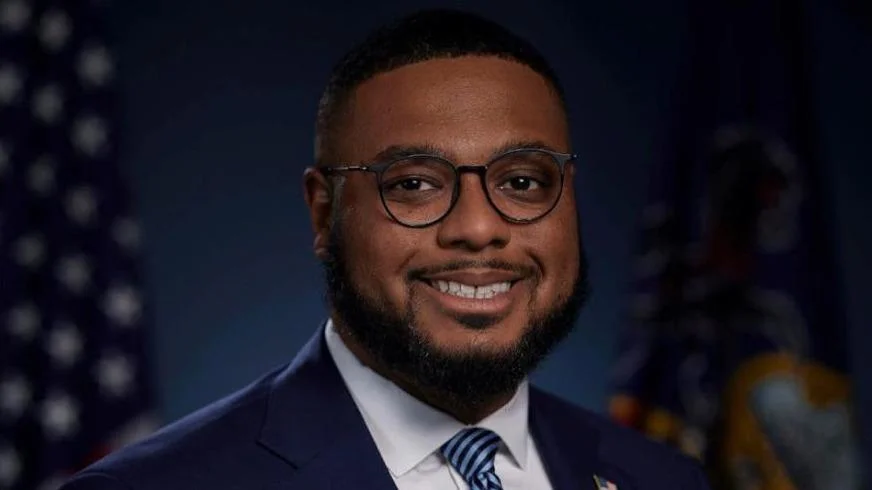
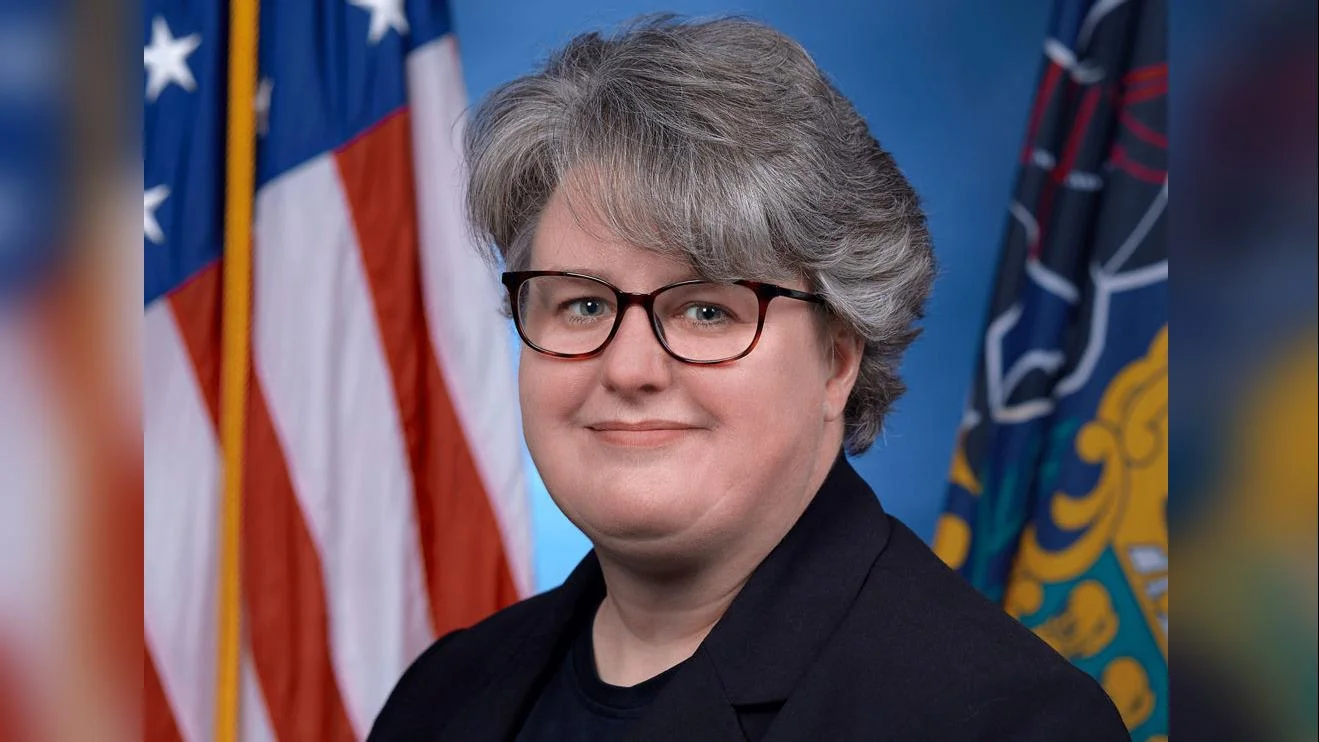
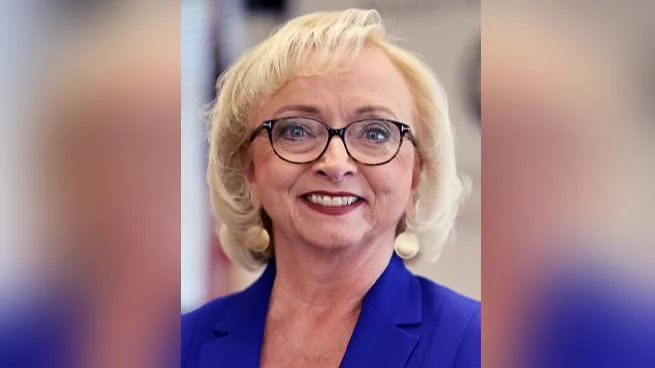
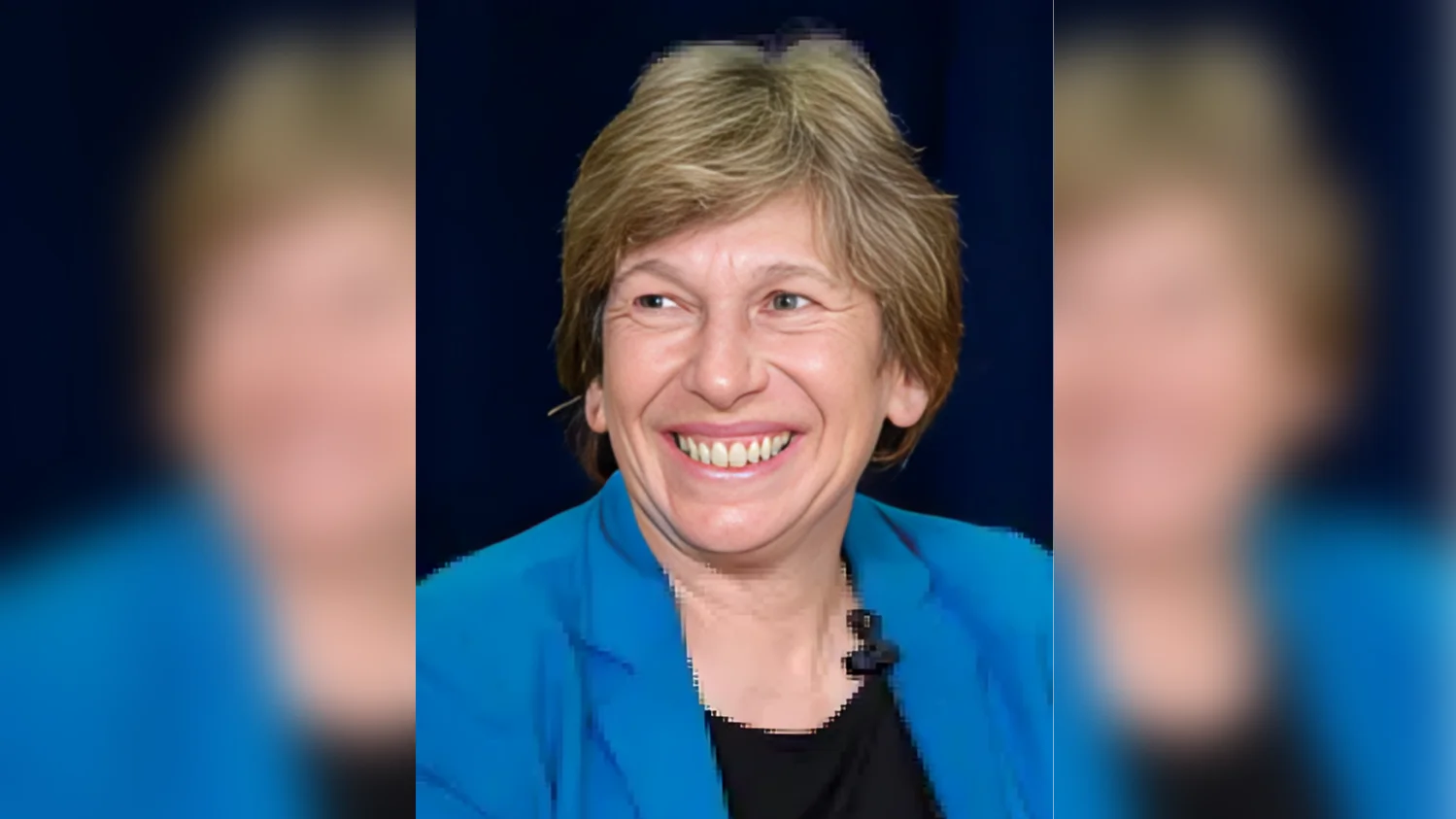
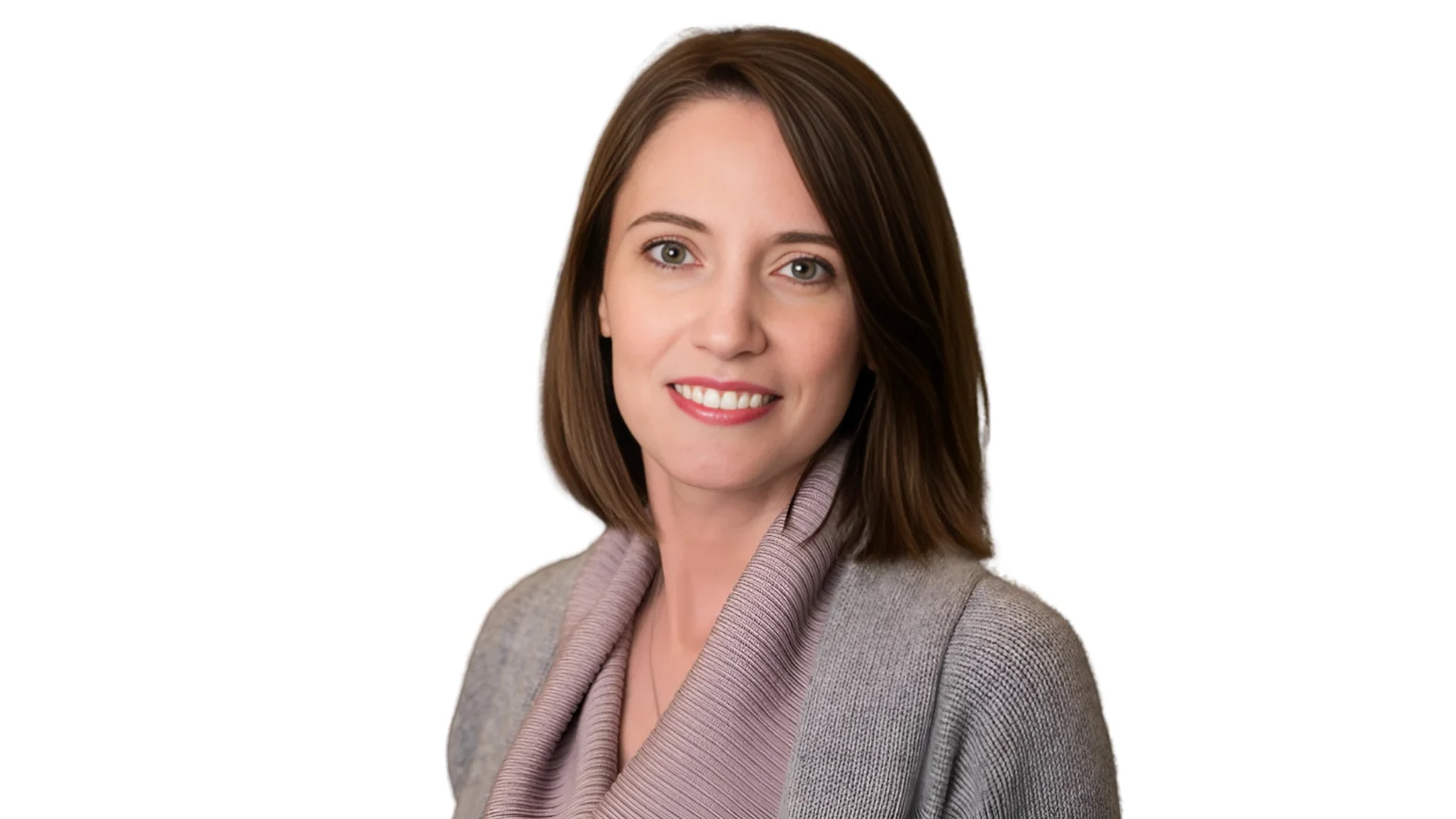
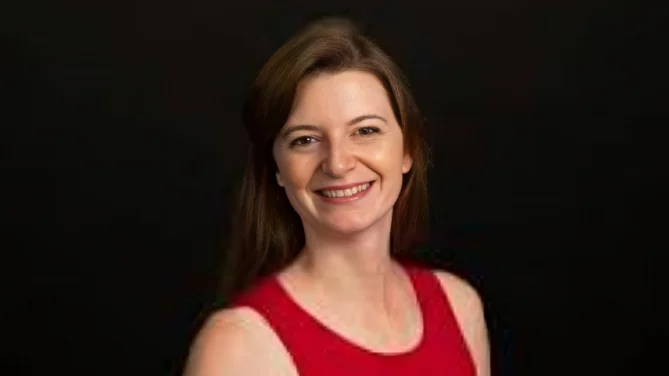
 Alerts Sign-up
Alerts Sign-up